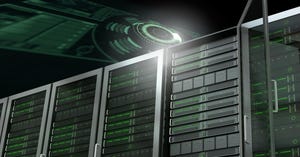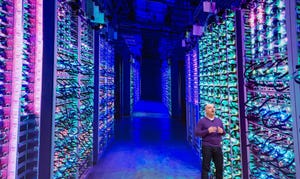Data Storage
Colocation edge data center visualization
Colocation
Tracking the Growth of the Edge Colocation Data Center MarketTracking the Growth of the Edge Colocation Data Center Market
Edge colocation data centers combine the shared resources and expertise of colocation with the performance benefits of edge computing, writes Aashi Mishra.
Subscribe to the Data Center Knowledge Newsletter
Get analysis and expert insight on the latest in data center business and technology delivered to your inbox daily.











.png?width=300&auto=webp&quality=80&disable=upscale)




























.jpg?width=700&auto=webp&quality=80&disable=upscale)


